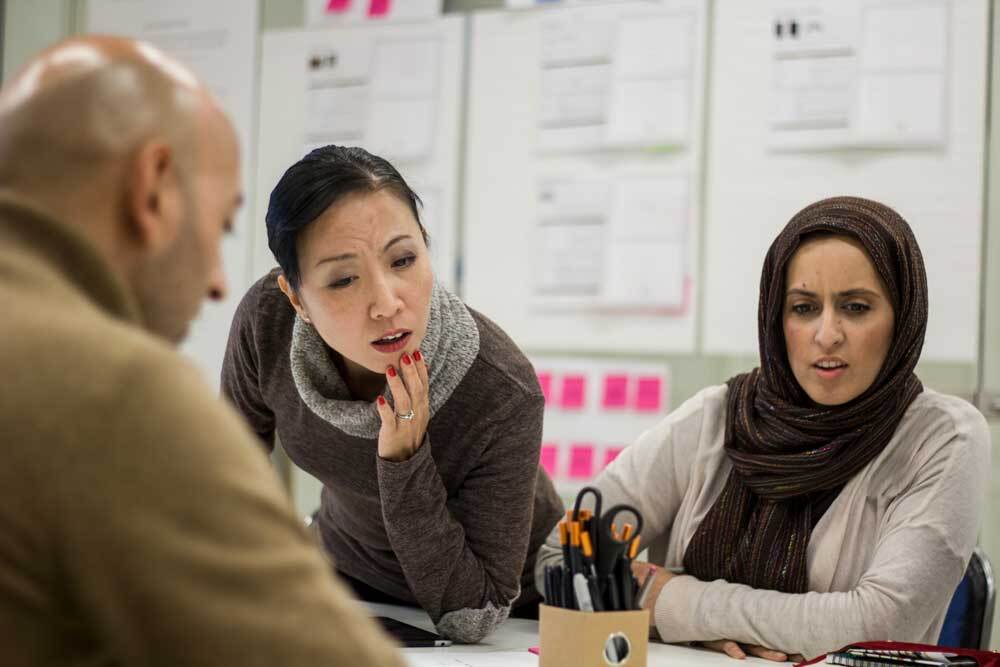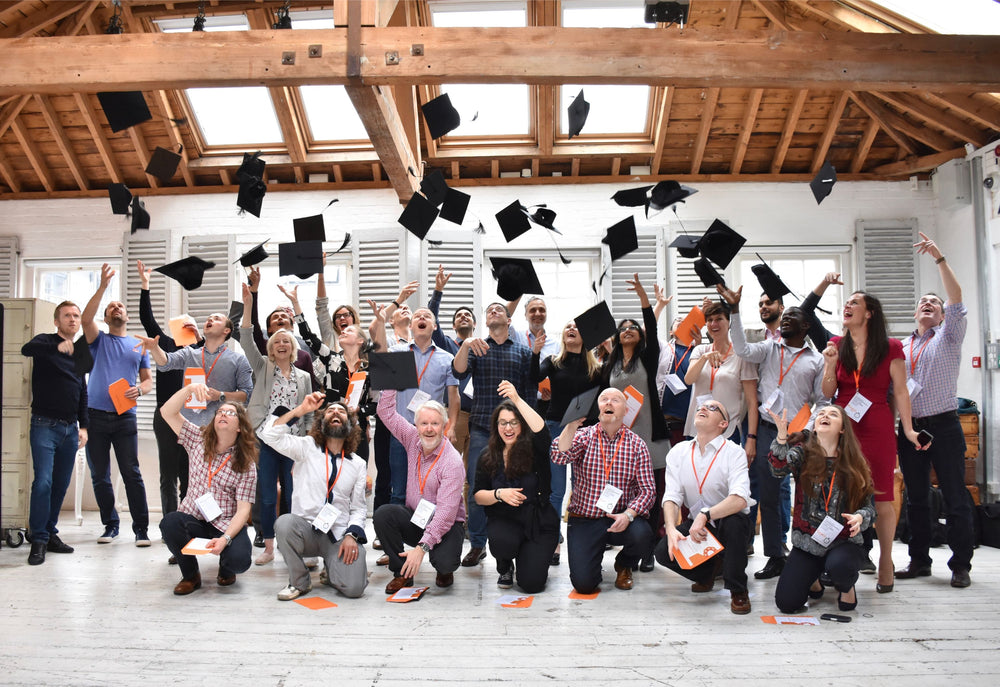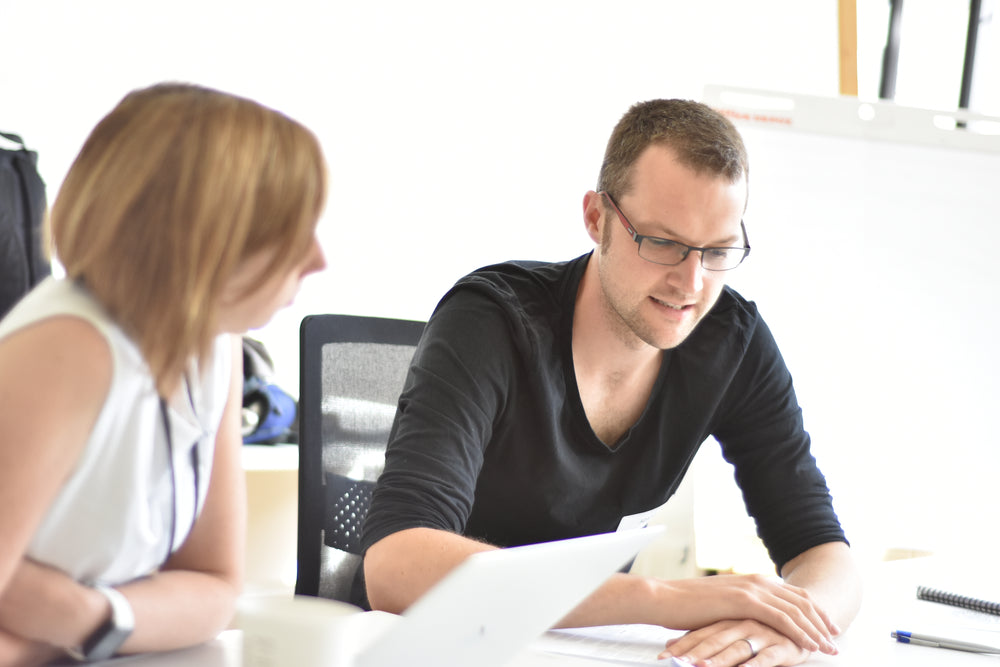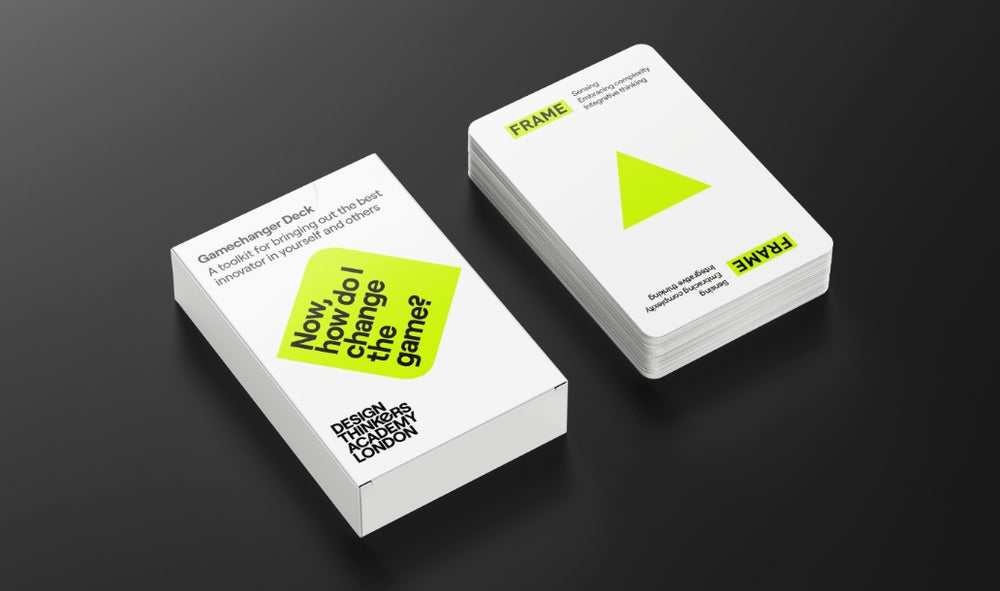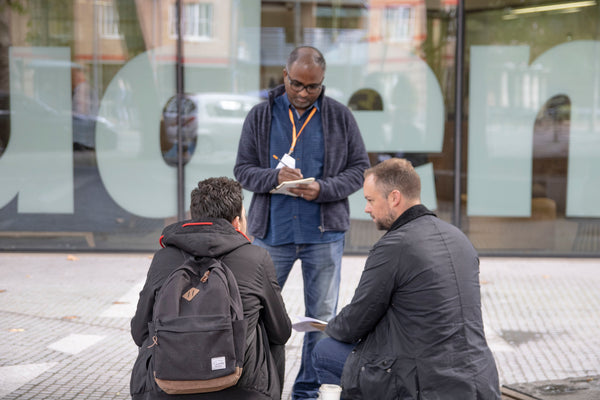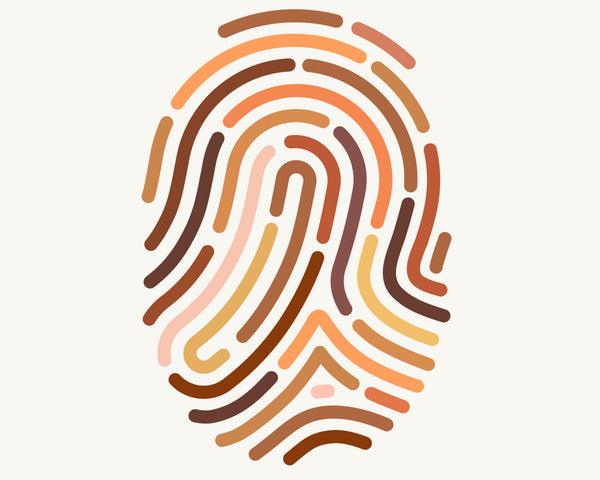In this Short Read, Dr Helen Charman, director of learning and research at the Design Museum, looks at design thinking and how it should be the future of learning.
The future of learning is design thinking
Education is at the heart of the Design Museum. It’s in our organisational DNA. When Sir Terence Conran established the museum on Shad Thames in 1989, his vision was to promote the importance of design for all – for industry, for education, for our lives, for the very future.
Never has this vision had more resonance and relevance for educators and young people than today. It’s a world that’s increasingly complex, globally connected and resource-finite – and a world that, as Nesta says, will need 1 million more people to fill new creative jobs in the UK by 2030.
Crucially for anyone invested in the future workforce (anyone from educators and parents through to young people and employers), these types of jobs can’t and won’t be automated. They’ll require creative thinking, married with discretionary judgement and empathy. We call this winning combination “design thinking”.
"In the future, creative jobs can’t and won’t be automated. They’ll require creative thinking, married with discretionary judgement and empathy."
As the museum transitions from its current home on Shad Thames to a new site in the former Commonwealth Institute in West London, design thinking is increasingly a core component in our “designerly learning” pedagogy.
Designerly learning models the way designers think and work, based on an understanding of design as a people-centred, inclusive, democratic and essentially optimistic activity. It’s rooted in user need – whether that’s at the individual, community or even global level. Design thinking can flex from micro to macro.
The innovators of tomorrow
As part of our designerly learning approach, we’re working with the Design Thinkers Academy to create the innovators of tomorrow. The creative thinkers and problem solvers. The people who are able to work collaboratively and turn ideas into action. They’ll be outward-facing, resilient, adaptable and empathic, and they’ll be able to can face the real-world challenges in our communities.
"Design thinking tools are essential, not only for tomorrow’s generation of creative professionals but for everybody."
We’re launching our partnership this spring with two short courses, one for educators (including classroom teachers and senior managers) and one for young people. Working to a community-focused, live brief, participants will be introduced to the key ingredients of design thinking. They’ll undertake fieldwork and hone their empathic thinking skills to understand and meet the needs of users.
Navigating complexity
Design thinking tools are essential, not only for tomorrow’s generation of creative professionals but for everybody. Because we all inhabit the made world and we all need to know how to navigate its ever-increasing complexities.
Design looks to the future. It shapes our world and our day-to-day lives. It constantly innovates to retain relevance and meet changing needs. Understanding these needs is the crux of design thinking. And that’s why it should be at the forefront of design education.
In devising and delivering a partnership education programme for young people and for educators, the Design Museum and the Design Thinkers Academy have a serious purpose and role to play – as together we model design thinking for the 21st century.
Together we’ll help to create the people, the future needs. Because as we know, the world of the future is only going to get more complex.

